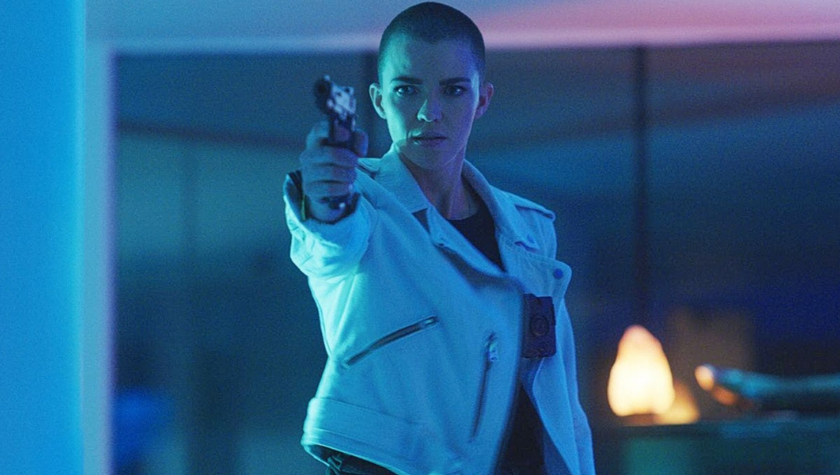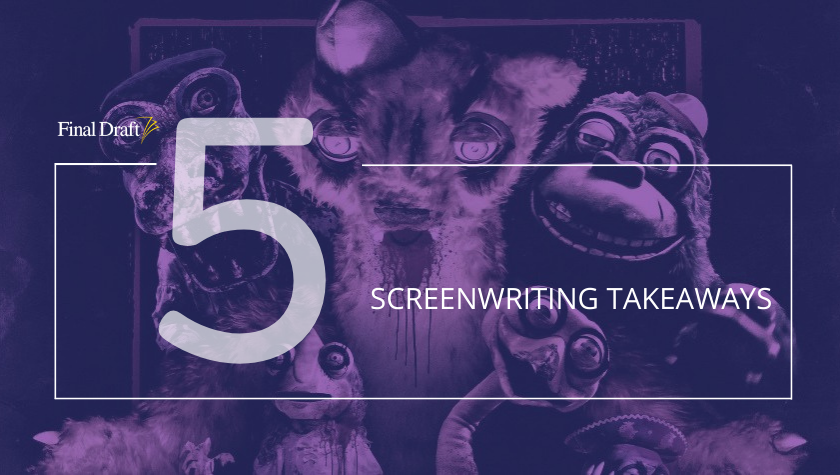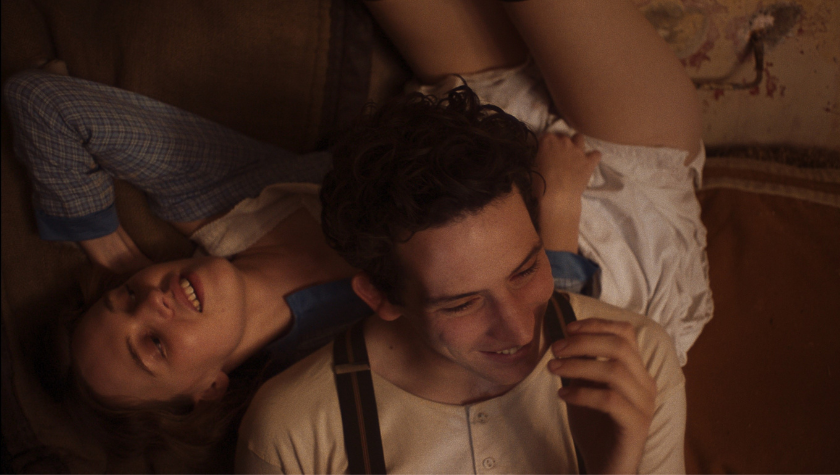How a filmmaker used her low-budget skills to create a $50k union feature
December 22, 2022
What does “low budget” mean? It’s all based on context. One person’s $50,000 film might be low budget, but so would a $10 million dollar Ridley Scott studio picture.
On day one of Julia Camara’s UCLA Extension course on micro-budget filmmaking, she breaks down some standard definitions of low budget and how, with unions like the WGA, DGA and Screen Actors Guild, they have different tiers of “low budget” when it comes to contracts.
Even with micro-budgets, it’s important to consider union contracts as it will impact the availability of talent if you’re making the movie independently and how it might be distributed.
It’s all part of the business side of making movies, which Camara stresses in her class. Every movie she shows to her students is a case study breaking down the genre, budget and box office. You can use this tactic to define the movie you want to write: find micro-budget films, see where they are streaming, who the stars are and the locations.
This allows you to understand the parameters of your microbudget sandbox and how best to play in it.
One particular film she references is Saw. Although it’s on the higher end of low budget, she points out its self-imposed limitations such as limited cast, few locations and no special effects like car chases, crowd scenes or explosions.
Turning Practice into Reality
Stronghold is Camara’s latest low-budget feature. It’s a post-apocalyptic thriller about a mother and daughter surviving alone in the woods. Living in isolation is the only life the daughter has ever known and her world is upended when a stranger shows up. The stranger soon has the daughter questioning everything.
If we pause there, you can see by its description that it centers around only a few characters living in isolation. This is by design to keep the budget low. The popularity of the post-apocalyptic genre increases its likelihood of finding distribution and being seen.
Camara was forming the idea of this story as far back as 2012, right after her feature Open Road (starring Andy Garcia) was released. But the story was a little different back centering around a father and daughter. It was optioned but the pandemic hit before it could start production.
Camara decided to produce the film herself. The production of Stronghold held true to the techniques she teaches in her micro-budget filmmaking class: one main location, three main characters and no special effects.
Shooting her 95-page screenplay in just 10 days involved cutting a bunch of the script while on set. When it came to shooting about nine page per day without a budget or the time to go over, Camara and the cast started cutting anything they deemed unimportant to the story.
She would ask herself what was absolutely necessary and found she could cut five pages immediately. Then, while shooting, the dialogue was reduced to make it more efficient.
“A lot of lines I loved we cut – my favorite lines got cut because it didn’t work. There was no room for those clever, funny lines,” Camara explains.
Another practical change she made before going into production involved the time of day in the script. Nearly half the script took place at night which she switched to daytime because it’s easier to light and faster to shoot.
Because she was shooting this project, she had to think as both a screenwriter and filmmaker, something she admits she didn’t always understand until it came to shooting Stronghold. Everything that changed was for practical reasons.
Making a Survivalist Story Personal
“We’ve definitely seen that old survivalist guy in the woods with a shotgun, but we haven’t seen a woman doing that as much so I was excited to take the male character I created and turn it into a woman,” Camara says.
Throughout the pandemic, Camara found she could even relate to that female version of the character because she spent so much time stuck in her apartment with her five-year-old daughter.
“I started to understand the story on a new level and it felt like everything I wrote in 2012 was so current to the pandemic world that it fueled me to get it shot,” she states.
As she revisited her 2012 story in 2020, she had a new perspective on the characters. She had become a mother and now could identify with both the matriarch and the daughter in the story. She recognized the parent/child relationship dynamic and how distancing yourself from parents is part of growing up, even though it’s painful for both.
Regardless of the genre, you can make your story personal. Camara was able to make a post-apocalyptic story personal to her life and what she was experiencing. She points out that you can take away the sci-fi angle and it’s an interesting look at mothers and daughters.
Lessons in Low Budget
Camara’s lessons from Stronghold are ideal for the screenwriter who wants to challenge themselves to become a filmmaker. By reducing characters, limiting locations and finding a genre film like a thriller or horror can help a writer take their career to the next level and showcase their talents.
Four Lessons in micro-budget screenwriting:
- If you’re creating a micro-budget or low budget film, if it isn’t absolutely necessary in the story, get rid of it.
- Few characters, one main location, zero special effects.
- For exteriors, day is easier to shoot than night.
- Even when you think you’ve taking out all you can, there is always room to cut a little more. If you can have people read it aloud, you’ll hear where you can cut more.
Follow the progress of Stronghold on Instagram.
Written by: Steven Hartman
Steven Hartman is an award-winning, optioned screenwriter. He was a Top 5 Finalist in Big Break’s Historical Category in 2019 and won Best Action/Adventure in Script Summit’s Screenplay Competition in 2021. He holds a Bachelor of Arts degree from Columbia College and had internships at Jerry Bruckheimer Films and Village Roadshow Pictures. Steve is a full-time writer and creative video producer by day and a screenwriter and novelist by night.



